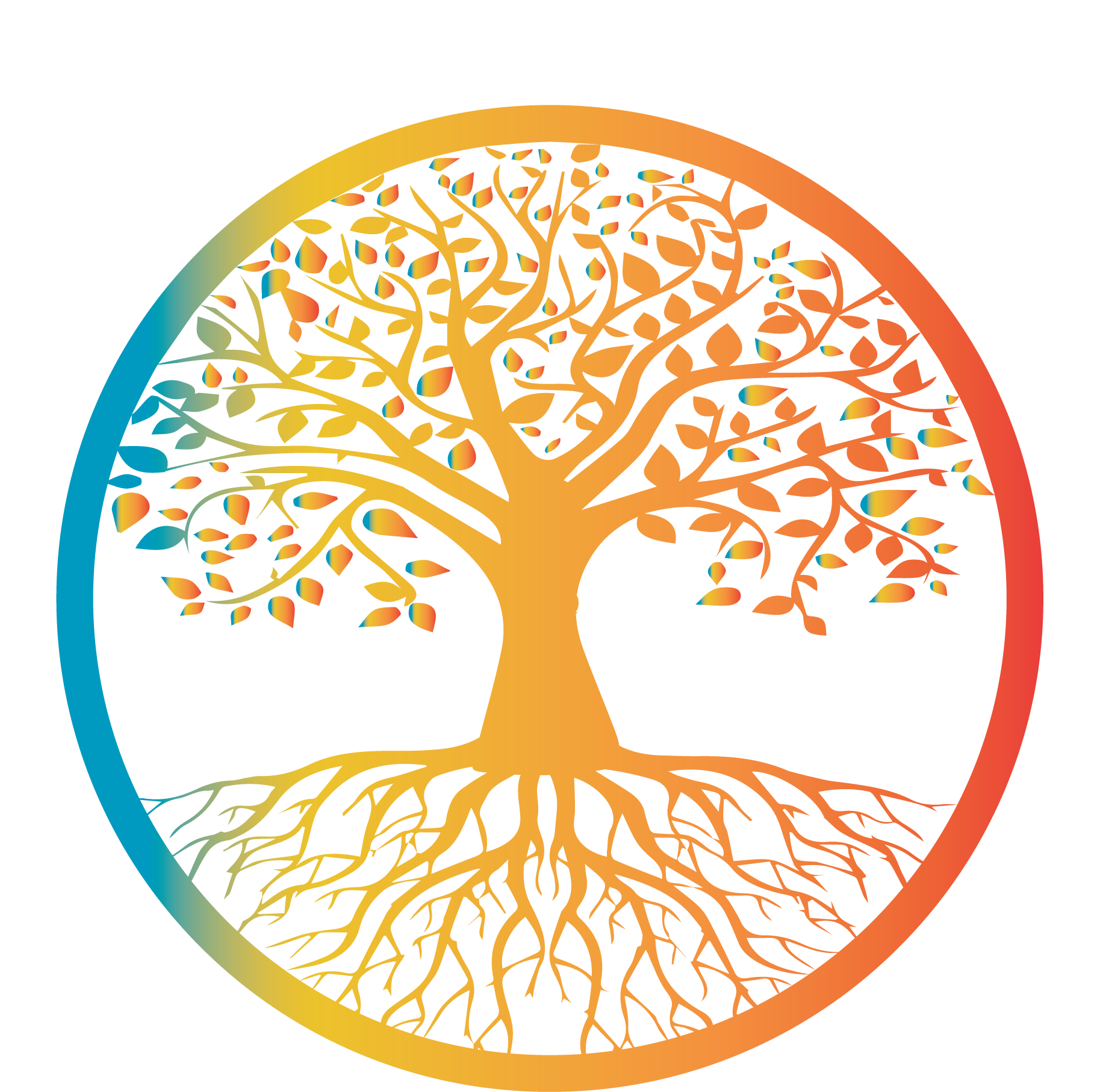4th Grade Math Benchmarks
First Quarter1.3.1 Review addition & subtraction facts and multiplication facts to 81.
1.3.8 Use, model and identify place value positions up to 10,000.
1.4.7 Use estimation to determine the reasonableness of an answer.
1.4.8 Use & identify place value positions up to 100,000.
2.4.3 Find solutions to equalities from a replacement set; e.g., 3×7=(19,20,21).
5.4.1 Collect, organize, display, describe, and interpret simple data using number lines, pictographs, bar graphs, & frequency tables.
Second Quarter1.4.1 Immediately recall and use multiplication and corresponding division facts through 12’s.
1.4.4 Multiply & divide money by a one-digit whole number with no remainder.
1.4.5 Multiply & divide multi-digit numbers by a one-digit number with regrouping
1.4.6 Read, write, order and compare whole numbers up to 100,000.
2.4.1 Identify, describe, and represent numeric and geometric patterns and relationships (multiples & factors); e.g., 7, 14, ___, ___.
3.4.4 Determine totals for monetary amounts in problem solving situations; e.g., “How much money do I get back?”
Third Quarter1.4.3 Solve two step multiplication and division, practical story problems using pencil & paper, mental computation & estimation; e.g., (2×7)+(4×3)
1.4.9 Identify and compare fractions with like denominators using numbers, models, & drawings.
3.4.3 & 3.4.5 Communicate the difference between perimeter and area.
5.4.2 Conduct simple probability experiments using concrete materials, and represent the results using fractions; e.g., bag of marbles with different colors.
Fourth Quarter3.4.2 Measure and compare length in inches, feet, yards, and miles to the nearest ½, ¼; measure and compare lengths in metric units (millimeter, centimeter, meter, kilometer). Convert within each system.
4.4.1 Identify, draw, and classify 2 & 3 dimensional figures by relevant properties including the number of vertices, edges, and shapes of faces, using models; e.g., count each of these on a cube.
4.4.2 Represent concepts of similarity, congruence, and symmetry using transformational motion.
4.4.4 Identify, describe, and classify 2 & 3 dimensional figures by relevant properties including the number of vertices, edges, and shapes of faces, using models; e.g., count each of these on a cube.
4.4.6 Identify, describe, and draw geometric figures including points, intersecting lines, parallel lines, line segments, rays, and angles.

